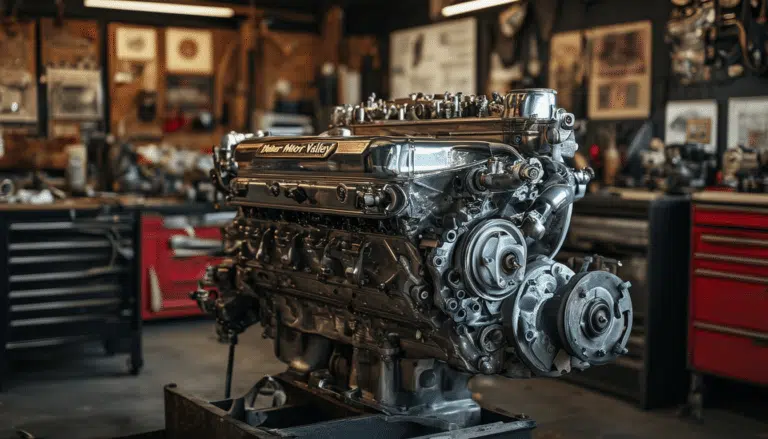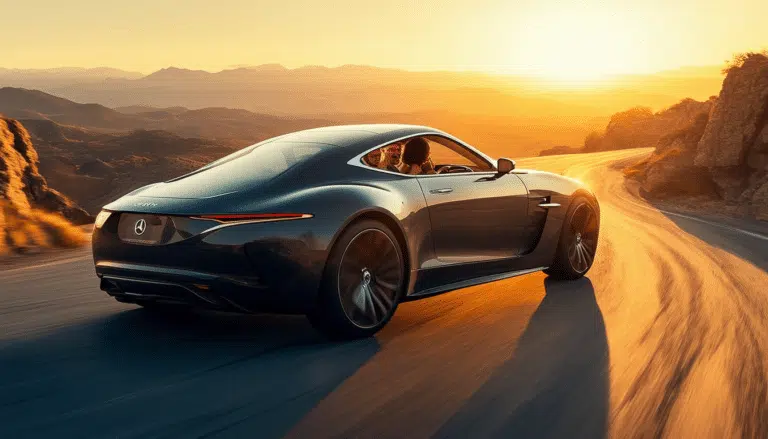Volkswagen develops an innovative engine with a unique distribution system, have the high maintenance costs come to an end?

Volkswagen is revolutionizing the automotive market with the development of an innovative engine that incorporates an unusual distribution system. This technological advance promises to significantly reduce maintenance costs, by eliminating traditional components such as the belt or timing chain in favor of gears. Volkswagen’s proposal could mark a new era for combustion engines, optimizing efficiency and extending maintenance intervals.
Volkswagen surprises the automotive sector with the development of an innovative engine that promises to significantly reduce maintenance costs. This new design eliminates the traditional timing belt or chain, replacing them with a gear system. The German company demonstrates its intention to continue optimizing internal combustion, even in a world that is moving towards electrification. Next, we will discover how this system works and its implications for the future of hybrid engines.
A new approach to engine distribution
The new engine from Volkswagen has been designed without the need for belts or timing chains, components that have been replaced by straight gears. This system is less vulnerable to wear, which could extend maintenance intervals or even eliminate them altogether. With this advance, the goal is not only to reduce costs but also to improve efficiency.
Benefits of the gear system
The use of gears as a distribution method has multiple benefits. Although originally a more common component in gearboxes, their durability and ease of maintenance can now be applied to engines, allowing for a smooth and precise power transmission. Nevertheless, their use means that the engine may be somewhat noisier.
Reduction of maintenance costs
Since gear systems are less prone to aging compared to belts or chains, it is anticipated that the frequency and costs associated with maintenance will be significantly reduced. Discover more about how to keep these costs low in our article on vehicle maintenance.
Potential applications in hybrid engines
The new engine structure from Volkswagen has the potential to integrate perfectly into hybrid systems, where energy is divided between a combustion engine and an electric one. Although the design uses two valves per cylinder, most of the power could be generated electrically, similar to the Japanese e-Power system. More about contributions to sustainability through constant maintenance.
Continuous innovation at Volkswagen
The gear system is not completely new for Volkswagen, which used it over 20 years ago in the five-cylinder diesel engine of the Touareg. However, its application in a current context opens new possibilities for the brand in terms of sustainability and efficiency. Learn more about maintenance strategies to save fuel in this article.
A Promising Future in Automotive Mechanics
Volkswagen is taking mechanical innovation to a new level with the development of an engine that promises to revolutionize the automotive industry. By eliminating the traditional belt or timing chain in favor of a gear system, the German brand has managed not only to reduce maintenance costs but also to extend the intervals between them. This advance not only benefits the end consumer in economic terms but also improves the durability and effectiveness of their vehicles.
The gear system, old in concept but novel in its modern application, represents a significant leap towards a more efficient power transmission. This type of innovation highlights Volkswagen’s stance that, while recognizing the importance of electrification, does not neglect the improvement of traditional internal combustion systems. The decision to use gears instead of belts is not only focused on efficiency but also seeks to provide a smoother and more precise driving experience.
However, the new design raises some concerns, primarily regarding the noise and performance of the engine, since it incorporates only two valves per cylinder. Although at first glance this might seem to limit its power, the focus appears to be more oriented towards hybrid use. In this context, Volkswagen’s engine could work complementarily with electric motors, ensuring an optimal balance between power and reliability.
In summary, Volkswagen’s initiative not only promises a reduction in maintenance costs but also suggests a new approach in which internal combustion engines continue to play a vital role. This vision of a hybrid future, where combustion is far from disappearing, once again demonstrates the German firm’s ability to adapt and lead in the changing automotive landscape.




